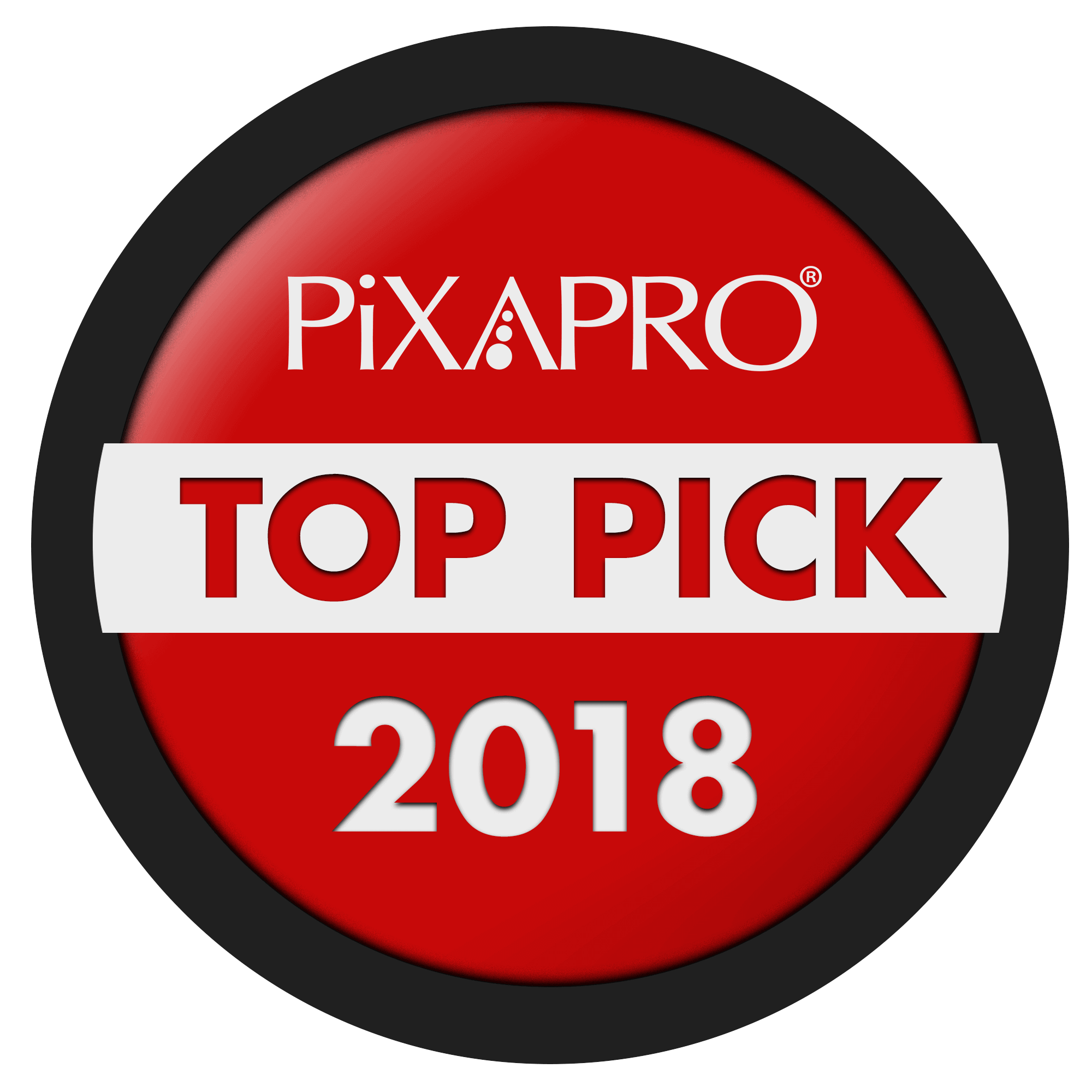How to Achieve Three-Point Lighting
Working with photography lighting doesn't mean you have to know every in and out of lighting, or be an expert in it - it's all a learning curve! But, if you want to get a good idea of how lighting can impact your images and work with a multi-light setup for the first time, a classic three-point lighting setup is a great place to start.
What is Three-Point Lighting?
Three-Point Lighting, as the name suggests, is a lighting setup for both photography and videography that uses three different sources of light for one image. Commonly used for portraiture photography in studio settings, three-point lighting is a foolproof way to get full surrounding lighting for your model or subject that also has depth and brings out a person's features.
The setup tends to consist of three flash strobe or LED lights placed around the person.

Light 1: Key Light
The key light is the primary light source in three-point lighting. It should be positioned at about a 45-degree angle to the subject, so slightly off to one side. This placement helps create dimension and depth by lighting one side of the face, and leaving the rest within shadow.
Light 2: Fill Light
The fill light is used to soften the shadows created by the key light. It should be placed on the opposite side of the key light, also at a 45-degree angle to the subject. The intensity of the fill light should be lower than the key light to maintain some contrast and depth.
Light 3: Back Light/ Hair Light
The backlight, also known as the hair light or rim light, is placed behind the person to separate them from the background. Position the backlight above and behind the subject to create a subtle halo effect around their edges. This light adds depth and dimension to the overall composition.
Tip! Try shooting with one light at a time or adding them gradually to your setup to get a better idea of how each individual light will impact the image.

Why use Three-Point Lighting?
Three-point lighting is highly effective (and popular) because it provides a balanced illumination of your model, reducing harsh shadows and creating a more natural look. By using three separate light sources positioned around them, you can overpower any ambient light and achieve complete control over the light in your image. Thus, giving you the freedom to control the intensity, direction, and quality of light to highlight specific features and create depth in the image.
Lighting Equipment for a Three-Point Setup
If you're starting from scratch with your lighting, there is a range of equipment you will need for this setup.
Firstly, you will need three separate lighting heads. These don't all have to be the same light, however we'd recommend ensuring your Key Light has enough power to be your main light and overpower ambient lighting. Your hair light and fill light can be less powerful if you don't want three powerful lights.
Lighting
A flash around 400w such as the AD400Pro is great for overpowering ambient lighting and is versatile enough for most photography lighting purposes. While 300w and 200w may also work, a higher output is best for versatility. If you don't need that much power, simply adjust the power output! Battery flashes (like the AD Range) are great for shooting out and about in different locations such as offices (for headshot jobs) and outdoors with limited mains power access. These flashes also have HSS and TTL compatibility for those who need it.
If you work primarily out of your studio, however, a mains powered flash (or LED, especially if you mix photography and video production)) is a great option as it can save you some money, and also reduce the risk of dead batteries mid-shoot. Check out the SK400II-V for an accessible, entry-level friendly 400w studio flash, with a 5-stop power range and dimmable LED modelling light.
Or, the LA200D is the Godox Litemons 200w+ LED with flicker-free lighting (so you can shoot at any frame-rate), and Bluetooth Godox Light App compatibility for easy dimming and settings control. This, along with it's compact design, makes it great as a low budget video production option.
Tip! Don't forget a trigger if shooting with flash! For TTL and HSS compatible option, choose the XPro. For a more straightforward non-TTL trigger, the PRO AC/XT16 works great. All Godox flashes will be compatible with Godox and PiXAPRO trigger options.
 |
 |
 |
| AD400Pro 400w Battery Flash | SK400II-V Studio Mains Flash | LA200D Litemons 200w LED Head |
Modifier
Then, you will benefit from a modifier for each light. An umbrella or softbox will work well for this, with the idea that a large modifier will produce a wide, soft spread of light which is flattering to skin and will result in a professional image.
While a round-shaped modifier is generally best for producing a flattering round catchlight in the eye, strip softboxes or rectangular ones can also be used if preferred with similar effects. Try to avoid basic reflectors or bare-bulb shooting, which will produce too small of a beam, or an uncontrolled beam of light, so you can tailor where the light falls.
Softboxes also have the added benefit of generally being supplied with an inner and outer diffuser, which will filter the light and make it softer. Umbrellas, on the other hand, often don't come with diffusion, and may produce more hotspots. The Rice Bowl Softboxes (below) also have a mini deflector dish provided with the spotlight, which can further help to reduce hotspots in your images, and produce a similar light effect to that with a beauty dish!
 |
 |
 |
| 90cm Easy Open Octagonal Softbox | 65cm Silver Rice Bowl Softbox | 105cm Silver Godox Bounce Umbrella |
Pair with some sturdy light stands or C-Stands, and you're good to go!
Watch: Barry Mountford's Process for a Dramatic Three-Point Lighting Portrait
Mastering the three-point lighting technique itself will take patience and lots of experimenting, but the results speak for themselves! Practice and once you understand the principles behind this method, you'll be able to take amazing portraits with your eyes shut!
All equipment can be found online at EssentialPhoto & Video! Got any questions or would like some alternative product recommendations? Get in touch with our team at info@essentialphoto.co.uk to speak to our advisors.
























































































































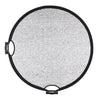









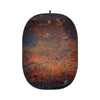









































































































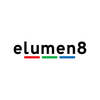




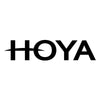







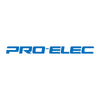













.png?v=1684398018113)














